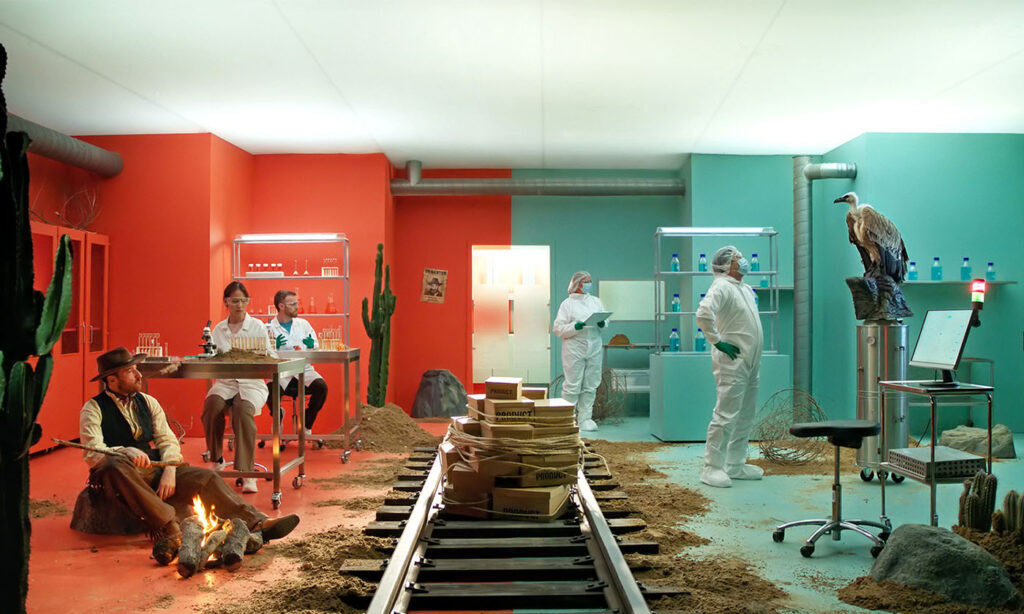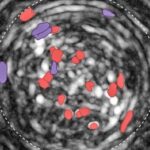Sponsored content brought to you by
Recent advances in subcutaneous delivery methods now enable patient self-delivery of monoclonal antibody (mAb) therapies. Subcutaneous therapies often require concentrations around 100 to 200 mg/mL. Key issues faced during production of high-concentration mAb (HCmAb) therapies involve viscosity, aggregation, and the effect of excipients on manufacturing and bioavailability.
Excipients in formulations
The ratio of excipients must be optimized to inhibit aggregation and promote product stability. Excipients control viscosity, protect against shear stress, and enhance absorption and bioavailability. They also support improved and faster dispersal of therapeutics.
Ultrafiltration and diafiltration
Preparation of HCmAbs begins with product concentration. Lower concentrations are prepared with cassettes and recirculation, a process that must be extended to delivering HCmAbs. The extended recirculation and increasing concentration risks aggregation and shear-related damage.
Single-pass tangential flow filtration (SPTFF) offers benefits over recirculation including preconcentration using in-line concentration and in-line diafiltration devices or through SPTFF systems that control the concentration factor. The lower hold-up volume of SPTFF allows enhanced product recovery and a higher step yield at higher concentration.

Sterile filtration
Filtration processes must be validated to ensure the desired level of bacterial retention can be achieved. For process fluids with known risk factors such higher viscosity, filter selection must be driven with a full assessment of process risk.
When retention of filter options appears equal, consider throughput. Smaller filters, enabled by high-throughput characteristics, lead to lower non-recoverable fluid losses.
Storage and transportation
Drug substances are often frozen for storage and transportation. Higher concentration increases the risk of aggregation, and control is needed to prevent variable freezing kinetics from affecting quality. Plate freezing systems using 2D bags have more control than 3D bottles.
Mixing
Maintaining product homogeneity in a viscous fluid requires mixing systems that provide power without shear. Powerful mixers that transfer torque into a fluid at reduced speeds combined with levitation technology creates an ideal mixing environment.
Final filling
Fill and finish can also lead to problems. Higher concentration and viscosity mean that filling needles may drip and clog. Hydrophobic filling needles can reduce drip formation. Optimizing filling needle size and filling flow regime can also guard against drips and clogging.
Conclusion
High concentration biologics and the demand to provide drugs subcutaneously brings many challenges. However, robust process operations will help you address them.
 A manufacturing platform for HCmAb Discover a process platform to take you from cell culture to final filtration. Learn more cytiva.com.
A manufacturing platform for HCmAb Discover a process platform to take you from cell culture to final filtration. Learn more cytiva.com.




